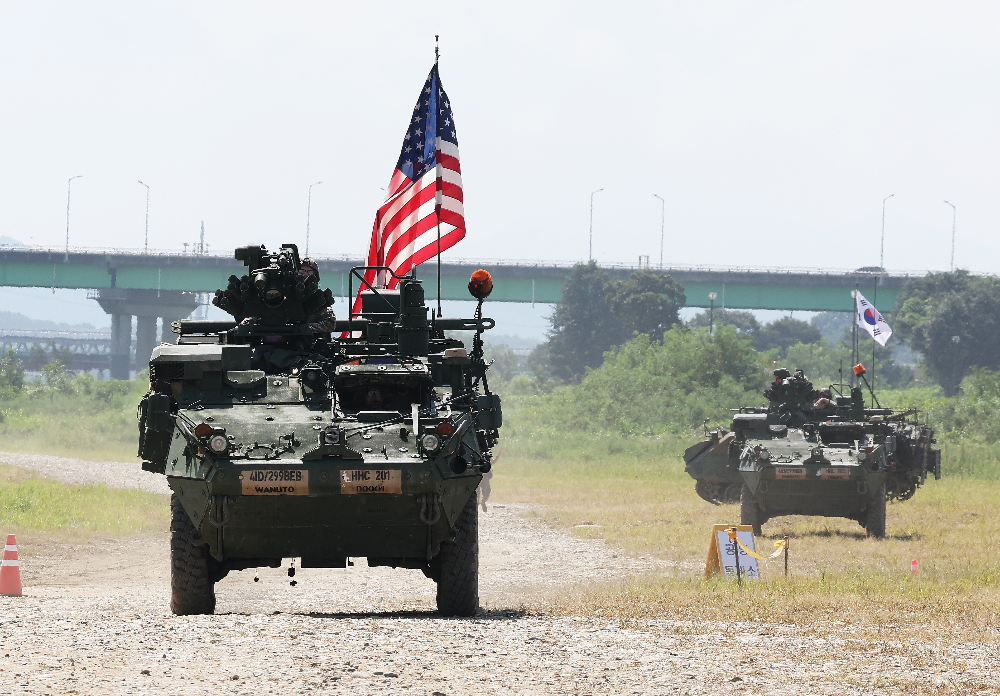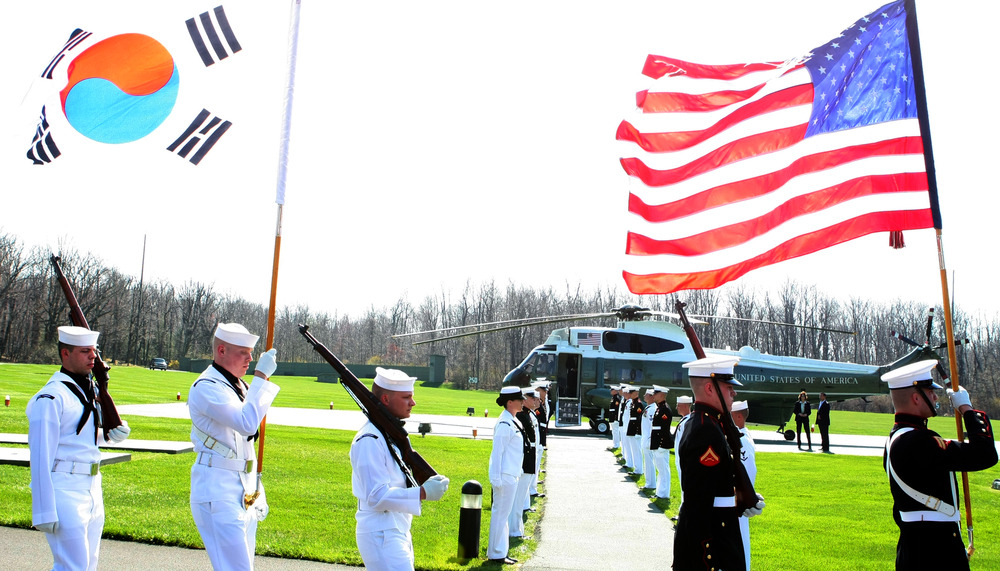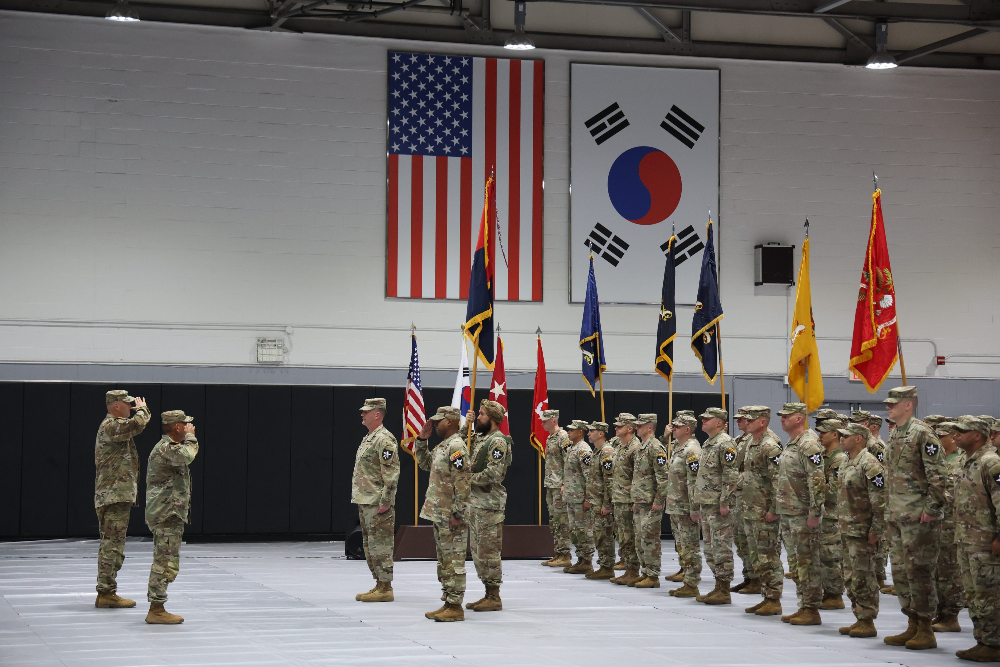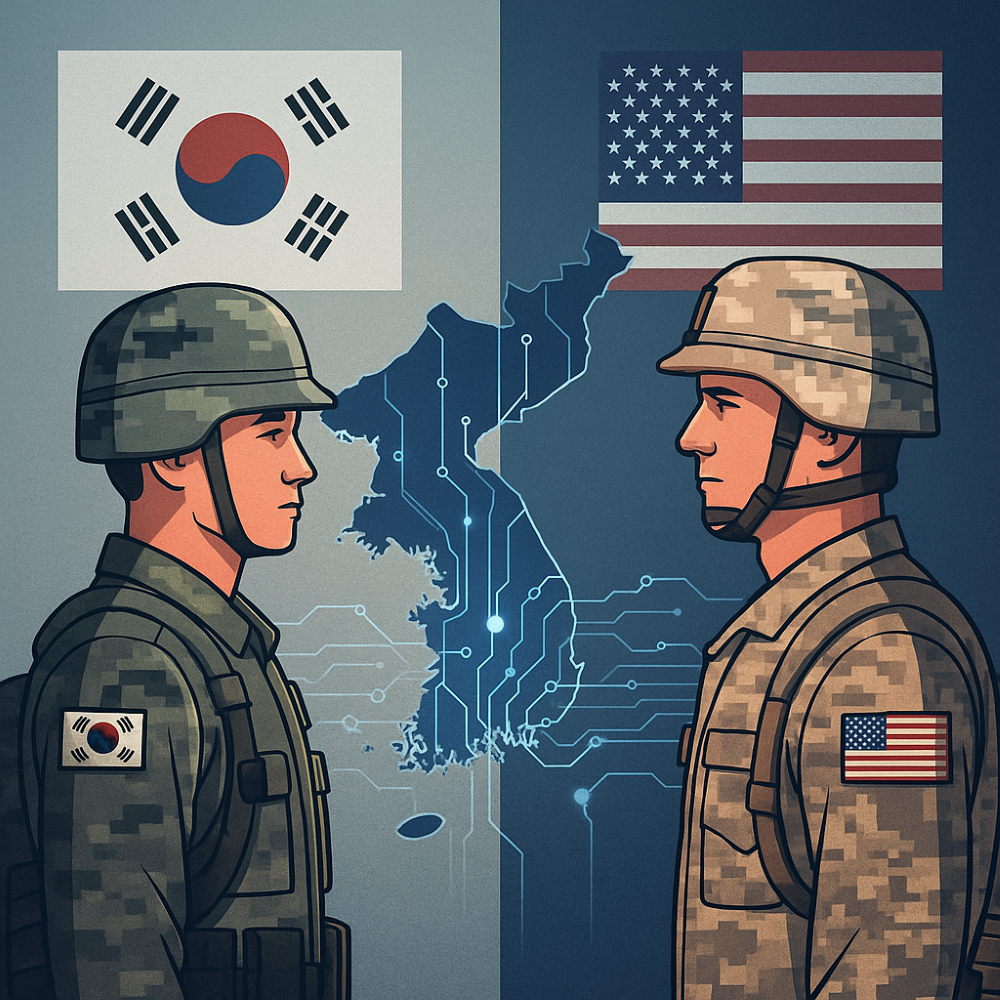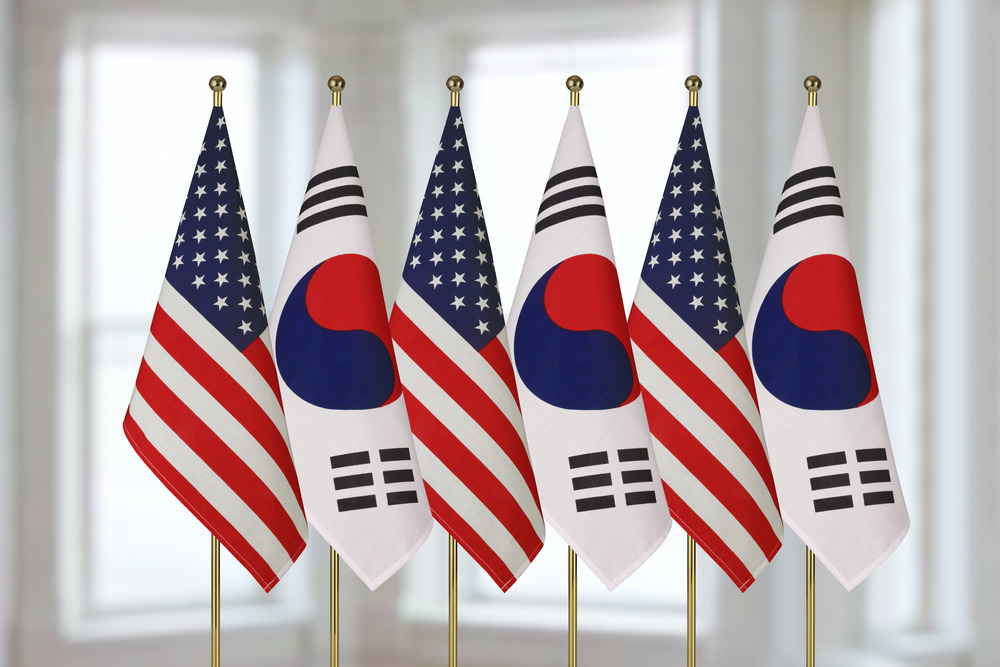
- #Security & Defense
- #South Korea
- #US Foreign Policy
- #US-ROK Alliance
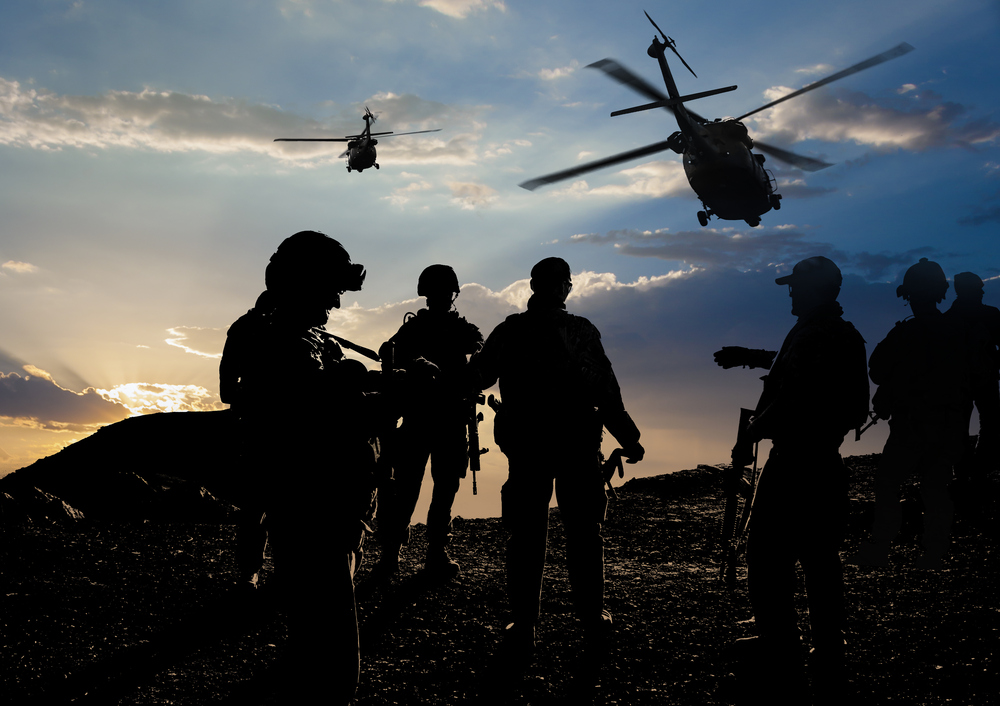
Key Takeaways:
- The modernization of the ROK-U.S. alliance under Trump 2.0 reflects Washington’s strategic shift toward deterring China's militay expansions, but this shift exposes Seoul to greater vulnerability amid an intensifying North Korean nuclear threat.
- South Korea can cooperate on defense spending increases, cost-sharing, and OPCON transfer, yet it cannot accept U.S. force realignment or mission changes toward China deterrence without credible assurances on extended deterrence against Pyongyang.
- The success of alliance modernization ultimately depends on Washington providing strategic reassurance—without a clear roadmap to sustain deterrence against North Korea, modernization efforts risk weakening rather than strengthening the alliance
Strategic Context: Alliance Modernization and Dual Threats
The modernization of the ROK-U.S. alliance has emerged as a defining issue under the second Trump administration, discussed alongside contentious tariff negotiations. This modernization effort unfolds within a broader strategic recalibration: Washington's pursuit of global military flexibility to counter China's rise. As Chinese military expansion in the Indo-Pacific accelerates, Washington has designated Beijing as its principal adversary and seeks to concentrate military resources on deterrence. China's naval capabilities in the region now rival American forces, while expanding Anti-Access and Area Denial (A2/AD) systems challenge U.S. military dominance. Beijing's objective is clear: push American forces beyond the First Island Chain and establish regional military hegemony. Washington's response involves not only refocusing its own capabilities but also pressuring regional allies and security partners to join the containment effort.
U.S. containment strategy toward China intersects with – rather than diverges from – South Korean interests. Chinese military coercion to revise the regional order would impose direct costs on Seoul. If Beijing's expansion undermines freedom of navigation in the Indo-Pacific, South Korea's maritime supply chains face disruption. The South China Sea remains a vital corridor for Korean energy imports. More critically, Chinese military pressure on Taiwan carries profound implications for Korean security. A Taiwan Strait crisis would directly threaten the Korean Peninsula. Should China invade Taiwan, Beijing would implement comprehensive measures to prevent U.S. military reinforcement from both the mainland and regional bases. U.S. Forces Korea (USFK) represents one of the most rapidly deployable American forces available for Taiwan's defense – a fact China understands well. The most dangerous scenario involves coordinated action: North Korean provocations timed to coincide with a Chinese assault on Taiwan. Pyongyang could launch attacks – either localized or large-scale – to pin down USFK and delay intervention in a Taiwan contingency. Furthermore, South Korea would face pressure to support U.S. operations through logistics, humanitarian assistance, and materiel provision, even without deploying combat forces. Korean involvement in a Taiwan crisis would be unacceptable to Beijing, raising the specter of Chinese strikes against South Korean territory.
China's military expansion thus directly affects Korean interests. Yet the North Korean nuclear threat remains South Korea's most urgent security challenge. Kim Jong Un has formalized his hostile two-state doctrine, accelerated nuclear and missile development, and adopted a nuclear doctrine permitting preemptive use. North Korea's deployment of forces to the Russia-Ukraine war has provided valuable conventional warfare experience, further enhancing Pyongyang's military capabilities. As denuclearization (CVID) recedes from possibility, establishing robust ROK-U.S. extended deterrence becomes imperative. The challenge is stark: alliance modernization discussions under Trump 2.0 could undermine Korean security at precisely the moment when South Korea's conventional forces must integrate more closely with U.S. nuclear capabilities. Five core issues define the modernization agenda: shifting USFK's mission toward China deterrence; USFK force reduction and realignment; strategic redeployment of U.S. forces; increases in Korean defense spending and cost-sharing contributions; and transfer of wartime operational control (OPCON).
Alliance Value and Strategic Context
Before assessing specific modernization issues, we must examine the fundamental question: How should South Korea view Washington's modernization demands? The ROK-U.S. alliance has been instrumental to Korean prosperity. The United States leads globally across multiple domains – military, economic, technological, and energy. This alliance has enabled South Korea to access American cooperation more readily than most nations, deepening collaboration in science and technology, economics, energy, and public health. Military partnership has generated mutual trust, which in turn has facilitated broader cooperation. South Korea's growth and prosperity have occurred within a U.S.-led international order.
The international environment, however, is transforming rapidly. In an era marked by declining U.S. relative power and China's ascent, Washington – particularly under Trump 2.0 – no longer acts as a benevolent hegemon. Instead, it applies economic and security pressure on allies. Nevertheless, South Korea must approach alliance modernization constructively because the bilateral relationship remains central to Korean prosperity and development. The alternative raises troubling questions. If U.S. containment fails or Washington embraces isolationism, South Korea could be subsumed into a China-led order. History provides clear answers about how China has treated Korea within Sino-centric systems. The ongoing U.S.-China hegemonic competition provides compelling reasons for Seoul to support Washington's efforts to strengthen military containment of China.
Where Seoul Can Accommodate
South Korea can adopt forward-leaning positions on three modernization issues: defense spending increases, cost-sharing contributions, and OPCON transfer. President Lee Jae Myung formalized defense spending increases in his August address at the Center for Strategic and International Studies (CSIS). The Ministry of National Defense subsequently submitted a 2026 defense budget representing an 8.2% increase over the previous year. This trajectory will continue. Additionally, Seoul and Washington agreed in 2024 to steadily increase USFK cost-sharing contributions. The Trump administration should recognize that South Korea already contributes substantially compared to other allies. While Trump's misperceptions about USFK troop levels and Korean contributions are concerning, Seoul could consider funding U.S. strategic asset deployments to the Peninsula to strengthen extended deterrence.
Progress on OPCON transfer is advancing. The Korea-U.S. Integrated Defense Dialogue (KIDD) convened in September to review transfer plans, with close bilateral consultations ongoing. Conditions-based OPCON transfer proceeds through three phases; Full Operational Capability (FOC) verification is currently underway in the second phase. President Lee has designated OPCON transfer as a priority governance objective for completion during his term, suggesting that conditions-based discussions will accelerate.
Where Washington Must Provide Reassurance
Three other modernization issues – shifting USFK's mission toward China deterrence, force reduction and realignment, and strategic redeployment – require intensive consultation. These issues pose fundamental challenges because the North Korean nuclear threat remains South Korea's primary security concern. With North Korean nuclear and missile capabilities advancing continuously, Seoul cannot accept these changes without clear implementation plans and long-term strategies from Washington to maintain and enhance deterrence against Pyongyang's nuclear arsenal.
The challenge is acute. Signals about USFK mission shifts and potential force reductions emanate regularly from media reports and high-level U.S. officials. Simultaneously, Washington expects the ROK military to assume greater responsibility for deterring North Korean conventional forces. Yet the United States has not presented substantive measures to compensate for weakened nuclear deterrence that would result from alliance modernization. At a moment when ROK-U.S. extended deterrence should be strengthening, modernization risks actually degrading capabilities to counter North Korean nuclear threats.
General Xavier Brunson, USFK Commander, has argued that capabilities matter more than force levels, citing Multi-Domain Task Force (MDTF) deployments and F-35 fighter aircraft as evidence. These claims warrant skepticism. Strong doubts exist about whether the MDTF can serve as a critical tripwire force like the current U.S. Eighth Army's 2nd Infantry Division. Additionally, deploying fifth-generation F-35 fighters to the Peninsula is far too insufficient to enhance ROK-U.S. Conventional-Nuclear Integration (CNI). The credibility of robust ROK-U.S. extended deterrence remains in question because the Trump administration has yet to present a concrete roadmap for strengthening ROK-U.S. CNI.
Conclusion: Constructive Engagement Requires Strategic Reassurance
Washington's alliance modernization demands to enhance China deterrence are not antithetical to Korean interests. China's military expansion threatens Korean security, providing grounds for Seoul to engage modernization discussions constructively. While the North Korean nuclear threat remains the most pressing challenge, South Korea must also fulfill its role as a credible ally in sustaining U.S. military primacy in the Indo-Pacific.
However, constructive Korean cooperation depends on American reassurance. If the United States seeks Seoul's support for alliance modernization, it must present concrete implementation measures and a comprehensive roadmap for maintaining deterrence against North Korean nuclear weapons. To date, Washington has failed to provide adequate reassurance on this critical issue. Without clear plans to address advancing North Korean nuclear threats, the United States risks undermining the very alliance it seeks to modernize.

Kyung Suk Lee (Ph.D.) is an assistant professor in the Department of Political Science and International Studies at Incheon National University, South Korea. He earned his Ph.D. in Political Science from the Department of Political Science at Texas A&M University. His substantive research focuses on international security, nuclear and alliance politics, and public and elite opinion on global affairs. His works are published in leading peer-reviewed journals such as Contemporary Security Policy, International Studies Quarterly, Journal of Chinese Political Science, International Interactions, International Journal of Public Opinion Research. Prior to joining Incheon National University, Dr. Lee was an assistant professor at the Institute for National Security and Military Affairs, Daejeon University, a research associate at Korea Institute for National Unification (KINU), and a non-resident Korea Foundation fellow at Pacific Forum CSIS.

